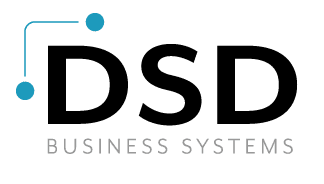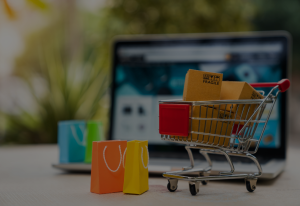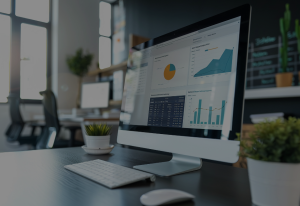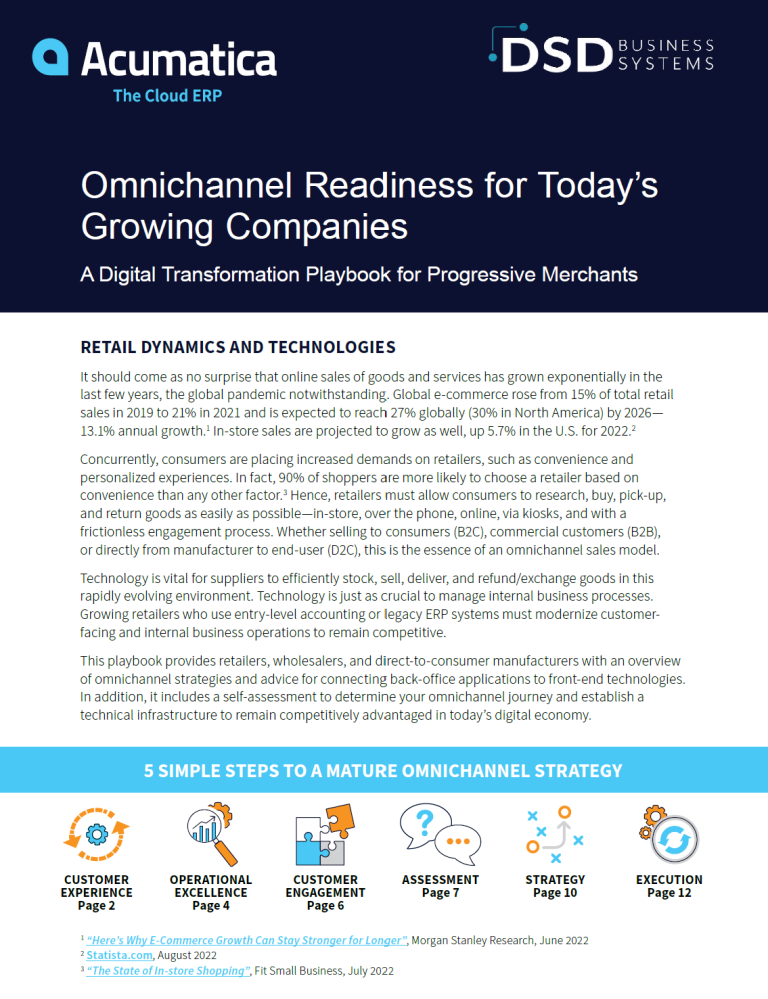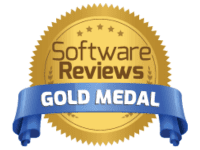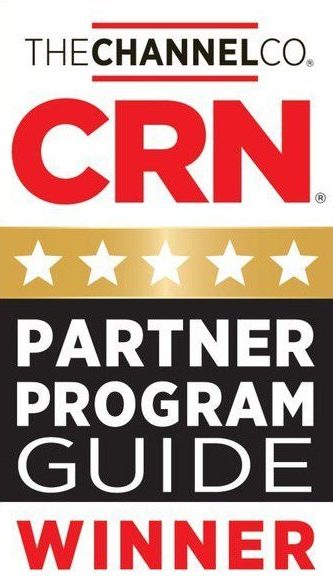In this Omnichannel Readiness for Todays Growing Companies Brief, you will learn how It should come as no surprise that online sales of goods and services has grown exponentially in the last few years, the global pandemic notwithstanding. Global e-commerce rose from 15% of total retail sales in 2019 to 21% in 2021 and is expected to reach 27% globally (30% in North America) by 2026— 13.1% annual growth. In-store sales are projected to grow as well, up 5.7% in the U.S. for 2022.2
Concurrently, consumers are placing increased demands on retailers, such as convenience and personalized experiences. In fact, 90% of shoppers are more likely to choose a retailer based on
convenience than any other factor. Hence, retailers must allow consumers to research, buy, pick-up, and return goods as easily as possible—in-store, over the phone, online, via kiosks, and with a
frictionless engagement process. Whether selling to consumers (B2C), commercial customers (B2B), or directly from manufacturer to end-user (D2C), this is the essence of an omnichannel sales model.
Technology is vital for suppliers to efficiently stock, sell, deliver, and refund/exchange goods in this
rapidly evolving environment. Technology is just as crucial to manage internal business processes.
Growing retailers who use entry-level accounting or legacy ERP systems must modernize customerfacing and internal business operations to remain competitive. This playbook provides retailers, wholesalers, and direct-to-consumer manufacturers with an overview of omnichannel strategies and advice for connecting back-office applications to front-end technologies.
In addition, it includes a self-assessment to determine your omnichannel journey and establish a
technical infrastructure to remain competitively advantaged in today’s digital economy.
Key Features in Omnichannel Readiness Brief:
